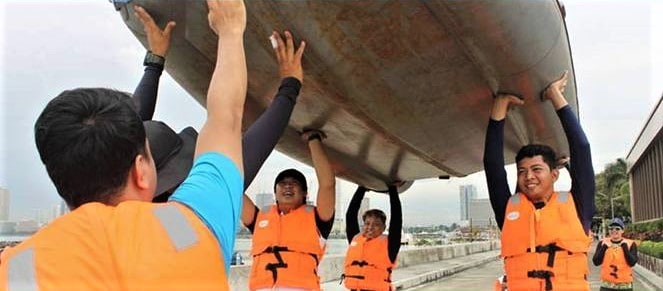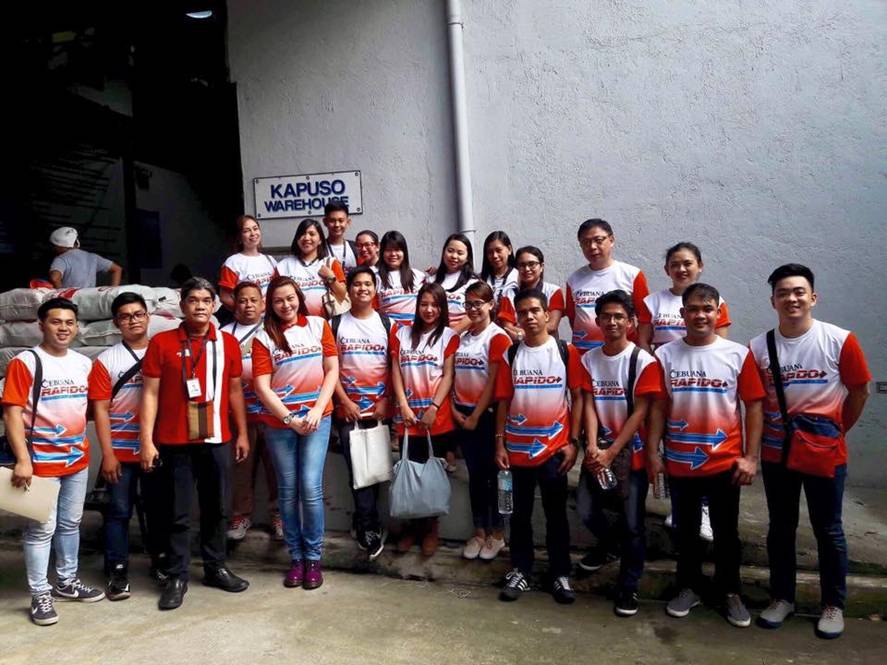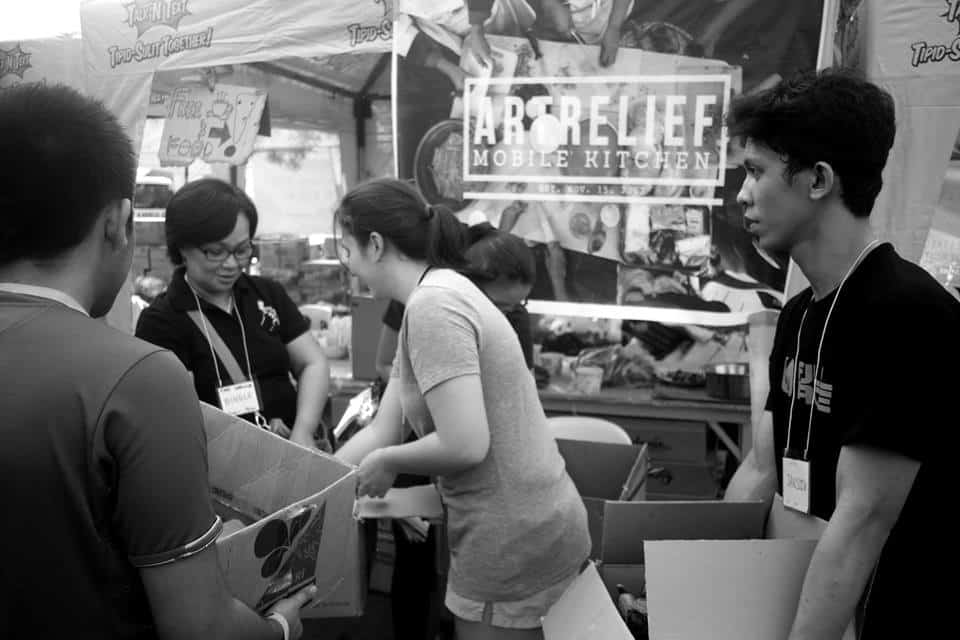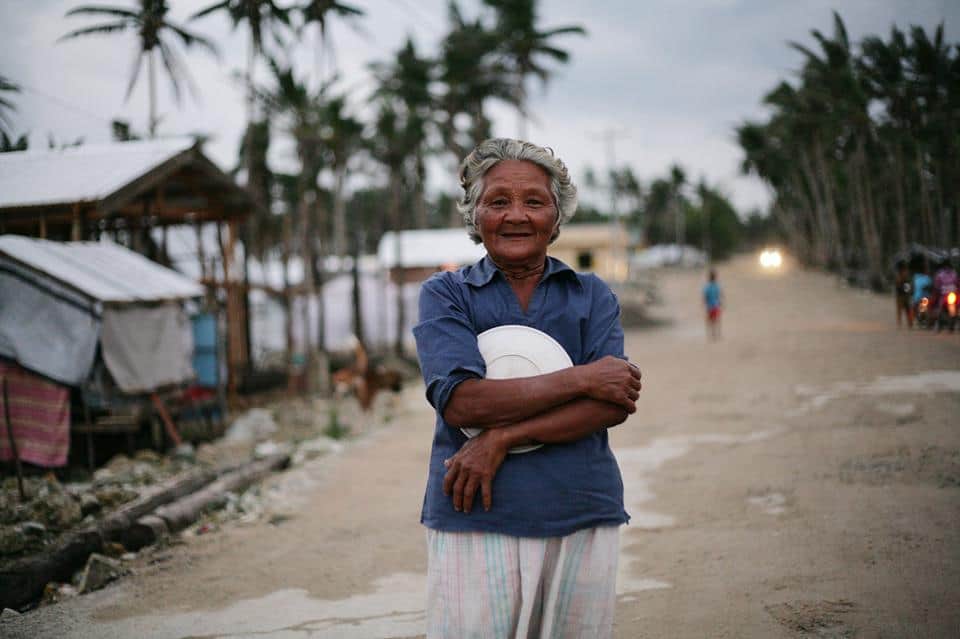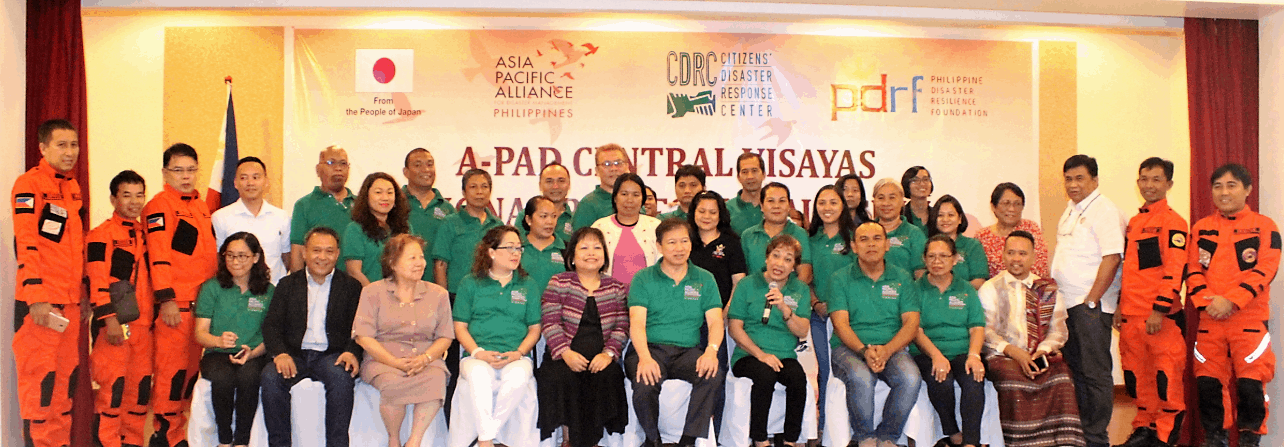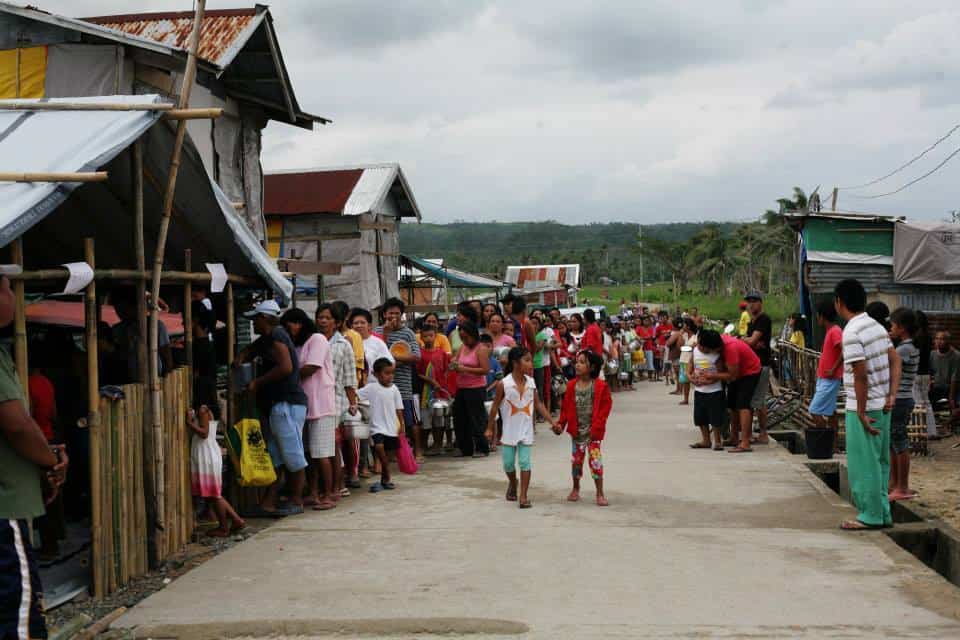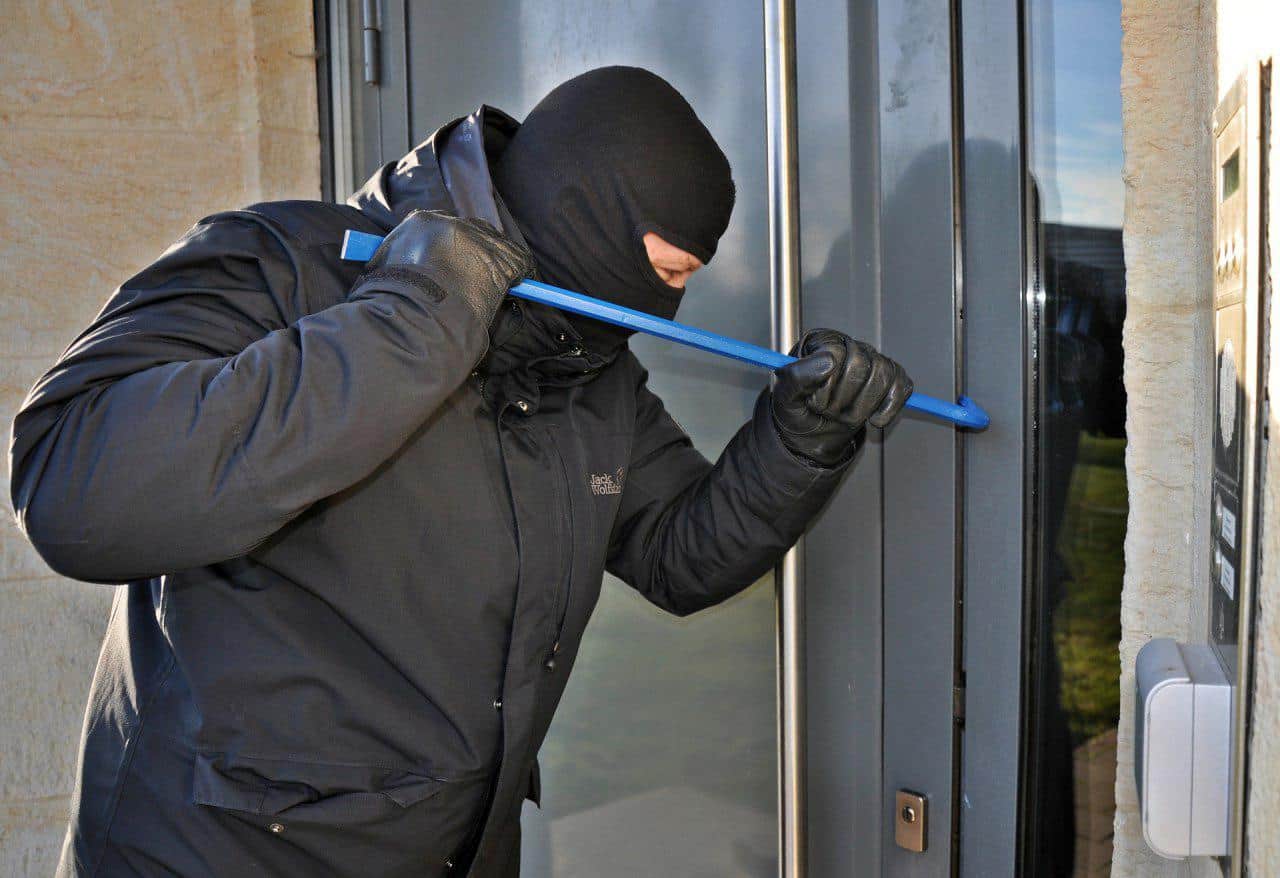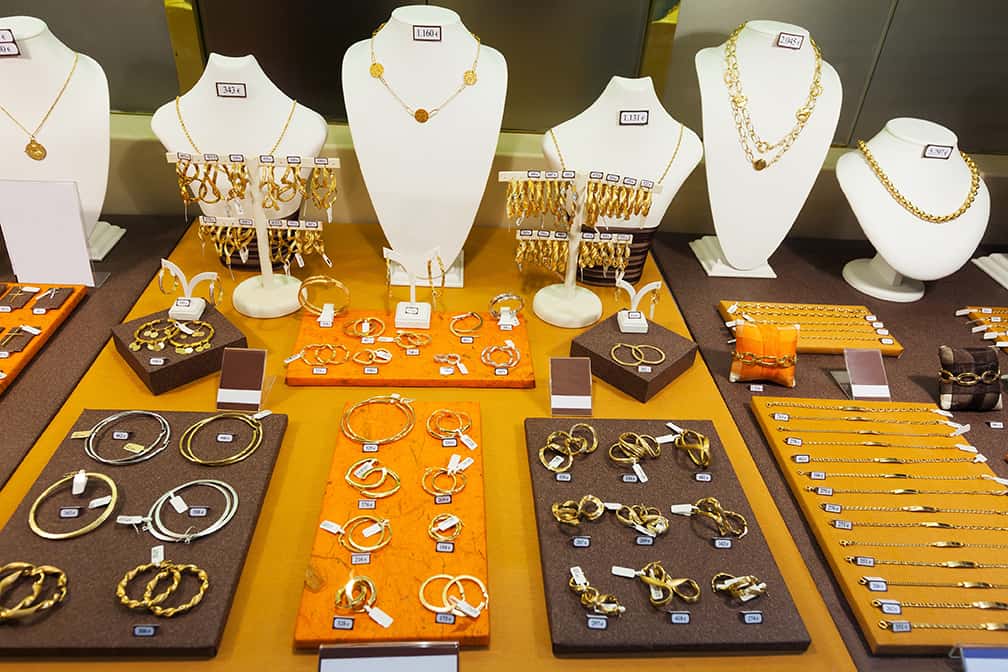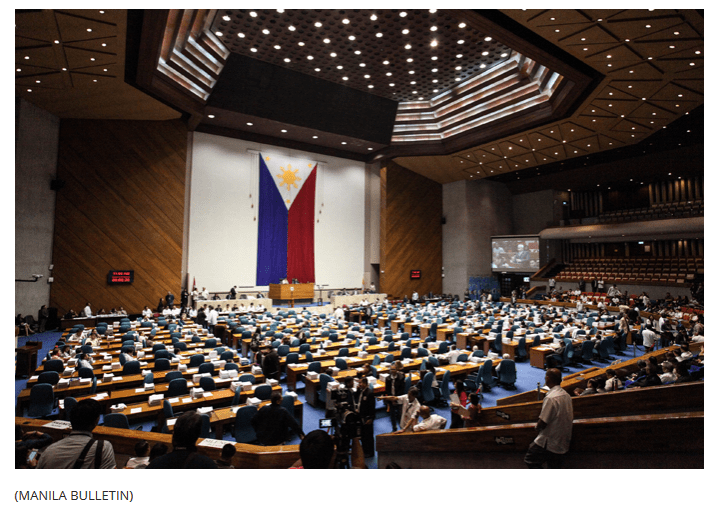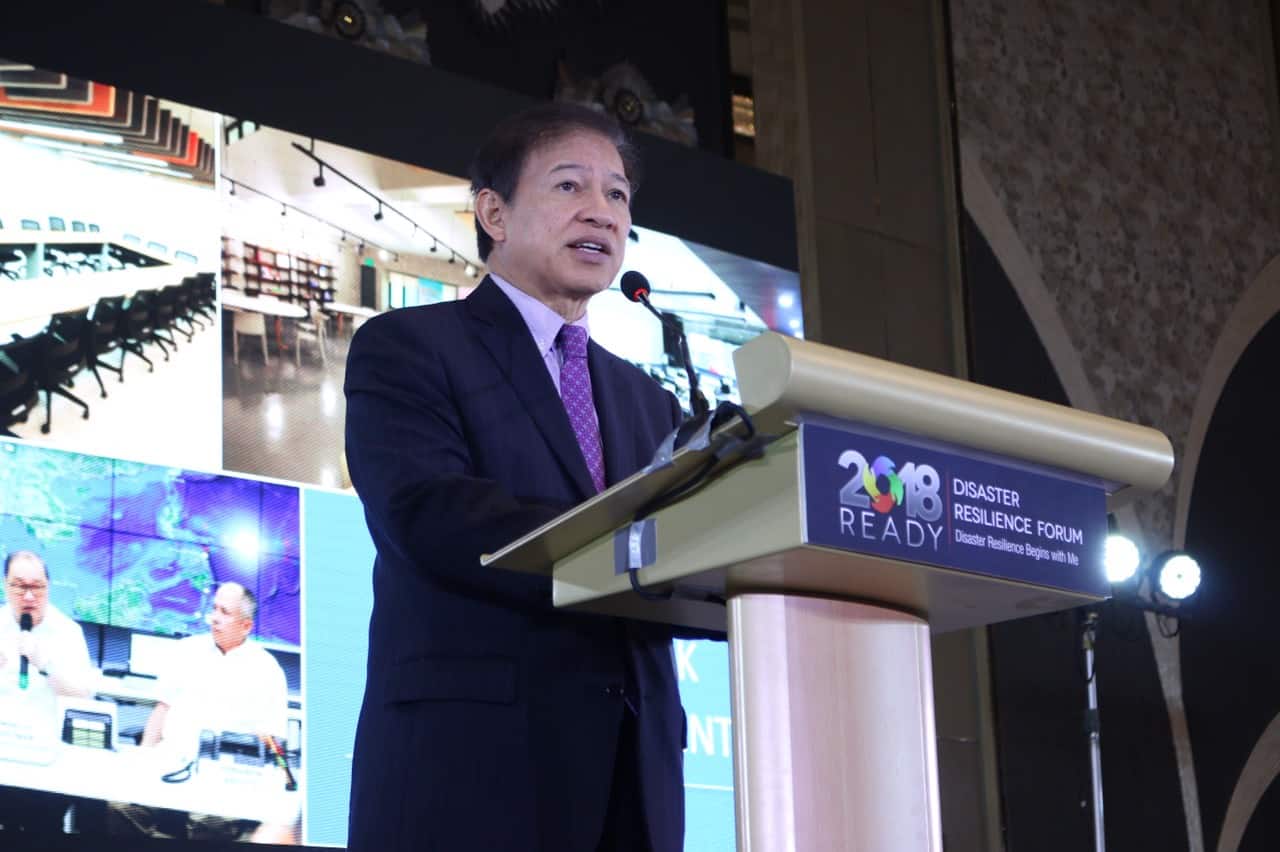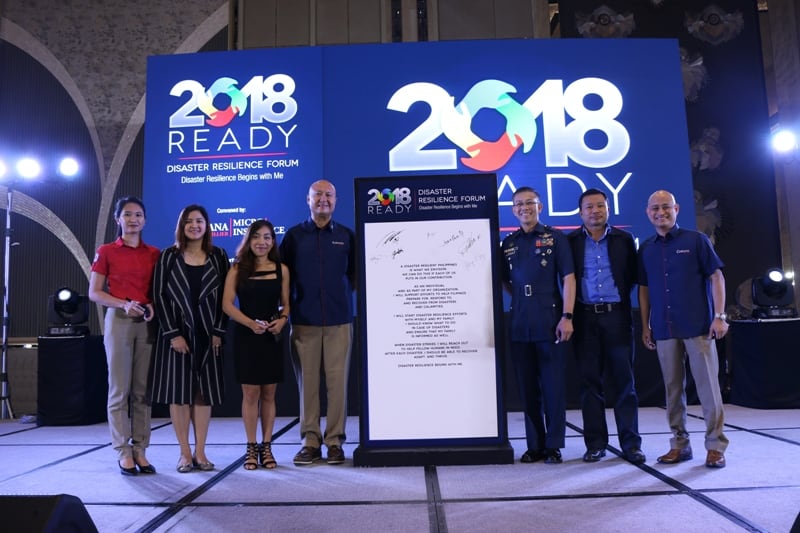Taking off from the launch of Cebuana Rapido, an employee volunteer group for disaster resilience-related activities, Cebuana Lhuillier has participated in a number of projects and activities meant to promote disaster resilience (DR) across the Philippines.
“I’m pleased to say that Cebuana Rapido members have taken to heart the company’s disaster resilience advocacy. In the recent months, many of our employees have volunteered in various DR-initiatives,” said Jean Henri Lhuillier, President and CEO of Cebuana Lhuillier, Inc.
Flood safety training, relief donation, and fire response
Cebuana Rapido is comprised of 4 teams, namely: Donation, Rehabilitation, Response, and Counseling. A number of activities have kept Cebuana Rapido members busy.
Last quarter, 40 employee volunteers from Cebuana Lhuillier already attended the two-day Metro Manila Development Authority (MMDA) Flood Incident Response and Safety Training (FIRST) at the MMDA Training Center. FIRST is part of MMDA’s disaster management initiatives for capacity building in life and rescue operations.
The delegation from Cebuana was trained on disaster response, water safety training, and lifeboat handling, all of which are focused on a primary mission which is to save lives during calamity or disaster such as flooding.
Another set of employees has volunteered to participate in the disaster response initiatives of GMA Kapuso Foundation. The Cebuana Rapido Donation team helped re-pack and sorted relief goods for typhoon victims. For Iren Bello, a Cebuana Lhuillier employee, the experience was very fulfilling. “In my own little way, I want to help those who are in need especially victims of calamities” she said.
Carlo Y. Santana, CLIS Claims Lead, sees his participation in Cebuana Rapido as his contribution to educating Filipinos about the importance of preparing for unexpected catastrophes in life. Carlo joined Cebuana Rapido’s onsite response to a massive fire incident in Quezon City which has affected hundreds of families.
“Being part of the Rapido team is a selfless advocacy. You have to risk your life to reach out and help people in times of disasters. As a volunteer, you also need to help the victims be physically, mentally, and emotionally strong,” said Carlo. “Being prepared and resilient to any disaster is important. That it is the only way we can survive and save families and friends,” he added.
The Cebuana Rapido team’s most recent activity was the activation of its Donation team which quickly responded to the havoc caused by typhoon Ompong in North Luzon. Employee-volunteers went to Brgy. Lecaros Extension, Ugac Sur, Tuguegarao City, Cagayan and distributed relief goods. Led by Jonathan D. Batangan, First Vice President and Group Head of Cebuana Lhuillier Insurance Solutions Inc., the team also handed over their donation to representatives of Philippine Disaster Resilience Foundation (PDRF).


